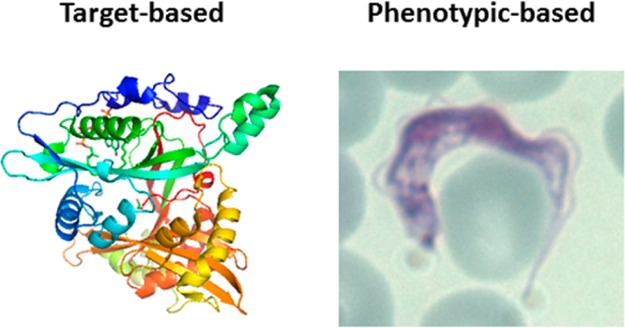- Record: found
- Abstract: found
- Article: not found
Drug Discovery for Neglected Diseases: Molecular Target-Based and Phenotypic Approaches : Miniperspectives Series on Phenotypic Screening for Antiinfective Targets

Read this article at
Abstract

Drug discovery for neglected tropical diseases is carried out using both target-based and phenotypic approaches. In this paper, target-based approaches are discussed, with a particular focus on human African trypanosomiasis. Target-based drug discovery can be successful, but careful selection of targets is required. There are still very few fully validated drug targets in neglected diseases, and there is a high attrition rate in target-based drug discovery for these diseases. Phenotypic screening is a powerful method in both neglected and non-neglected diseases and has been very successfully used. Identification of molecular targets from phenotypic approaches can be a way to identify potential new drug targets.
Related collections
Most cited references36
- Record: found
- Abstract: found
- Article: not found
Miltefosine: a review of its pharmacology and therapeutic efficacy in the treatment of leishmaniasis.

- Record: found
- Abstract: found
- Article: found
Lessons Learnt from Assembling Screening Libraries for Drug Discovery for Neglected Diseases
- Record: found
- Abstract: not found
- Article: not found
